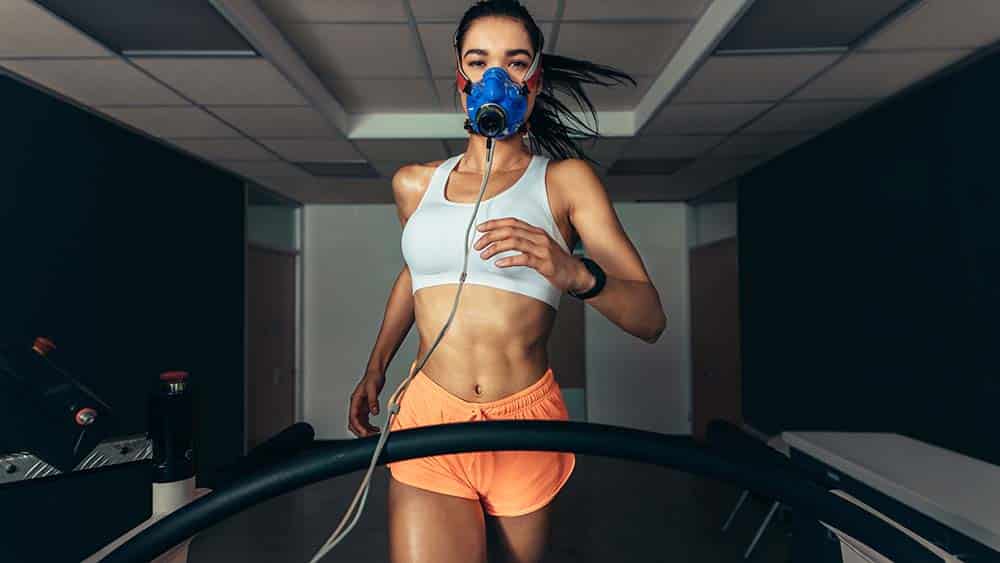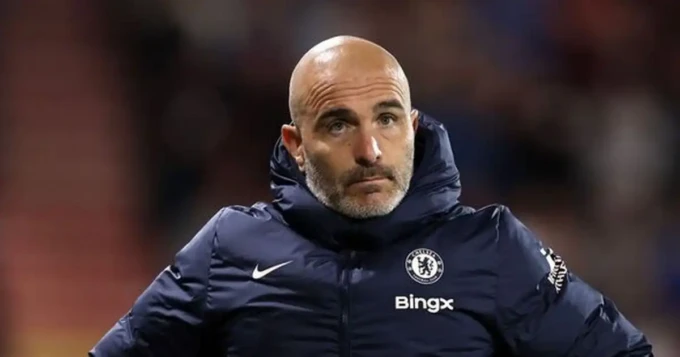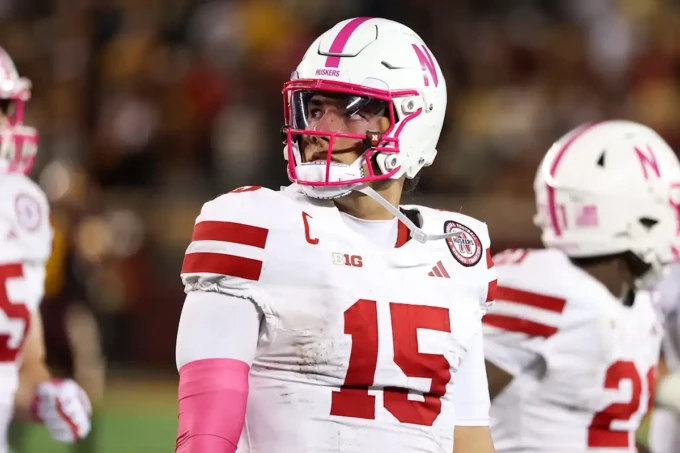Sports organizations worldwide have implemented significant health and safety regulations to address ongoing challenges and enhance athlete well-being.
In high school football, the National Federation of State High School Associations (NFHS) introduced key equipment changes. Mouth protectors must now exclude non-functional attachments that could pose health risks. Arm sleeves are required to meet standards set by the Sports & Fitness Industry Association (SFIA), with a visible SFIA seal for compliance verification. Additionally, players are prohibited from recording video or audio on the field to maintain game integrity.
The NFHS also approved revisions in boys’ lacrosse to minimize equipment-related risks. Officials are mandated to stop play if a player loses mandatory equipment in the scrimmage area, regardless of the loss’s nature or proximity to other players. Helmets must be worn with the chin strap on the chin and securely attached at all points. Clarifications were made regarding legal checks of an opponent’s crosse, specifying three instances when such checks are permitted.
In California, the Interscholastic Federation (CIF) enacted a law requiring schools to monitor weather conditions using the Wet Bulb Globe Temperature (WBGT) index. If WBGT readings exceed 86.2°F, all physical activities must be canceled to prevent heat-related illnesses. This measure aims to protect athletes during extreme heat events.
The National Sporting Goods Association (NSGA) reported various rule changes across sports organizations. Little League Baseball and Softball now permit one-way electronic communication devices for coaches to call pitches to catchers during defensive play, with restrictions on usage. Mandatory equipment checks by umpires have been removed, placing the responsibility on managers. Additionally, bat modifications like choke-knobs and thumb protectors are now prohibited.
In Kentucky, the High School Athletic Association adjusted state championship event schedules for baseball, tennis, and swimming & diving due to facility conflicts and inclement weather forecasts. These adjustments prioritize the safety of student-athletes, coaches, and families.
These developments reflect a global commitment to enhancing health and safety in sports, addressing challenges such as equipment safety, environmental conditions, and communication protocols to ensure athlete well-being.












Leave a comment